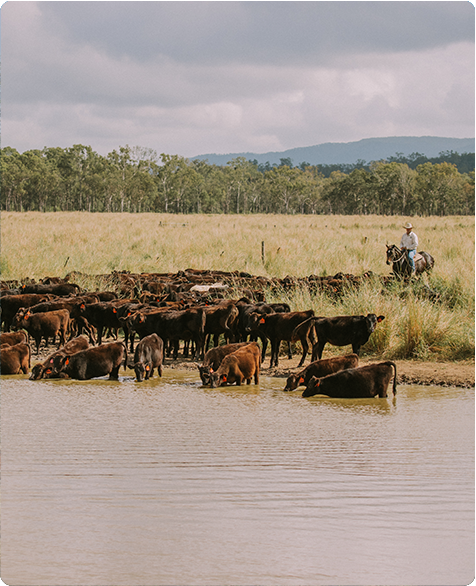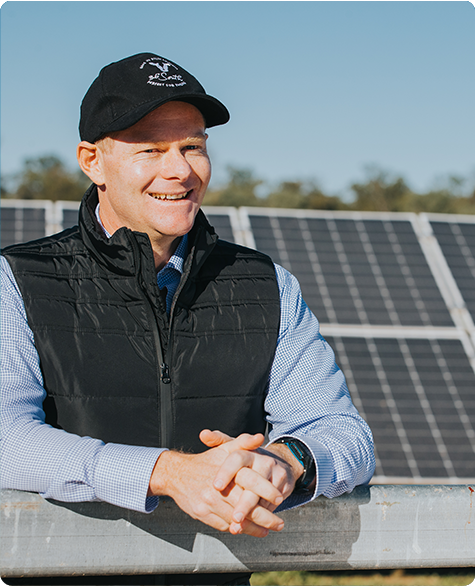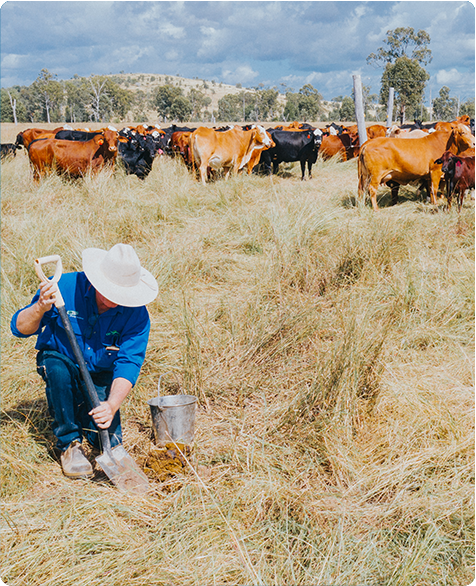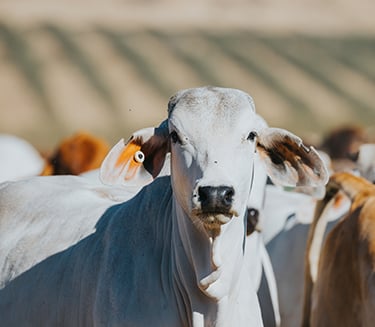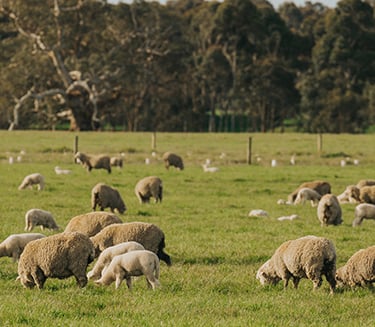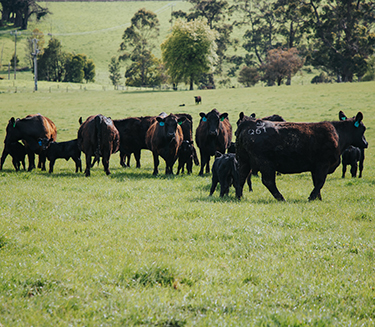At a glance
- Just 3.75% of Australia's land mass is used for growing crops.
- Cattle, sheep and goats can thrive in rangelands. Upcycling and converting grass and other plants with low nutrient value to humans into high quality protein, fatty acids, vitamins and minerals that we can digest.
- One cow can produce many products, including medicines, industrial materials and household goods.
Crops or cattle
In Australia, only a very small percentage of land is used for growing crops (just 3.75%!). Much of the continent consists of semi-arid areas and extensive rangelands – non-arable land that doesn’t suit crops. What it is suitable for, however, is growing grass – inedible by humans, but ideal for livestock . In fact, around 86% of plant materials fed to livestock globally are lower value by-products that do not meet human consumption standards.
Fortunately, cattle, sheep and goats are the great ‘upcyclers’, which means they turn grass and other plants with low nutrient value to humans into high quality protein, fatty acids, vitamins and minerals that we can digest.
One cow = many products
Meat, milk and leather are the products most commonly associated with Aussie cows. But did you know that we also produce glass, medicines, adhesives and even air filters from cattle? Almost every part of the animal can be used in some way, which is why raising cattle is such a productive use of non-arable land.
"For our land here, the best thing we can be doing is raising beef and lamb."

